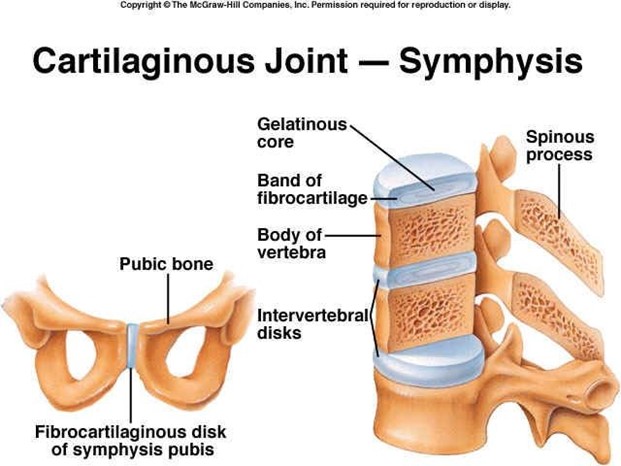An athlete comes into the hospital saying he was informed by the athletic trainer that he broke a bone in his appendicular skeleton.
Which of the following bones could he have broken?
Mandible.
Radius.
Sternum.
Sacrum.
The Correct Answer is B
The radius is a part of the upper limb, which is supported by the pectoral girdle.
The pectoral girdle and the pelvic girdle, along with the bones of the limbs, form the appendicular skeleton.
Choice A is incorrect because the mandible is a part of the skull, which forms the axial skeleton.
Choice C is incorrect because the sternum is a part of the thorax, which forms the axial skeleton.
Choice D is incorrect because the sacrum is a part of the vertebral column, which forms the axial skeleton.
Nursing Test Bank
Naxlex Comprehensive Predictor Exams
Related Questions
Correct Answer is ["condylar process of the mandible"]
Explanation
The mandible condylar process is a bony projection located at the posterior aspect of the mandible, which is the lower jawbone.
It is a rounded, knob-like structure that articulates with the temporal bone of the skull, forming the temporomandibular joint (TMJ).
The condylar process allows for movements of the mandible, including opening and closing the mouth and chewing food.
The shape and position of the condylar process can affect the function of the TMJ and can contribute to conditions such as TMJ disorders.

Correct Answer is B
Explanation
The joints between the vertebrae are secondary cartilaginous joints (symphyses) that are formed by the intervertebral discs between the vertebral bodies.
A symphysis is a type of joint that has a fibrocartilaginous disc between two bones that allows slight movement.

Choice A is incorrect because synarthrotic joints are immovable joints, such as the sutures of the skull.
Choice C is incorrect because sutures are fibrous joints that are found only in the skull.
Choice D is incorrect because gomphosis is a type of fibrous joint that anchors a tooth to its socket in the jaw.
Whether you are a student looking to ace your exams or a practicing nurse seeking to enhance your expertise , our nursing education contents will empower you with the confidence and competence to make a difference in the lives of patients and become a respected leader in the healthcare field.
Visit Naxlex, invest in your future and unlock endless possibilities with our unparalleled nursing education contents today
Report Wrong Answer on the Current Question
Do you disagree with the answer? If yes, what is your expected answer? Explain.
Kindly be descriptive with the issue you are facing.
